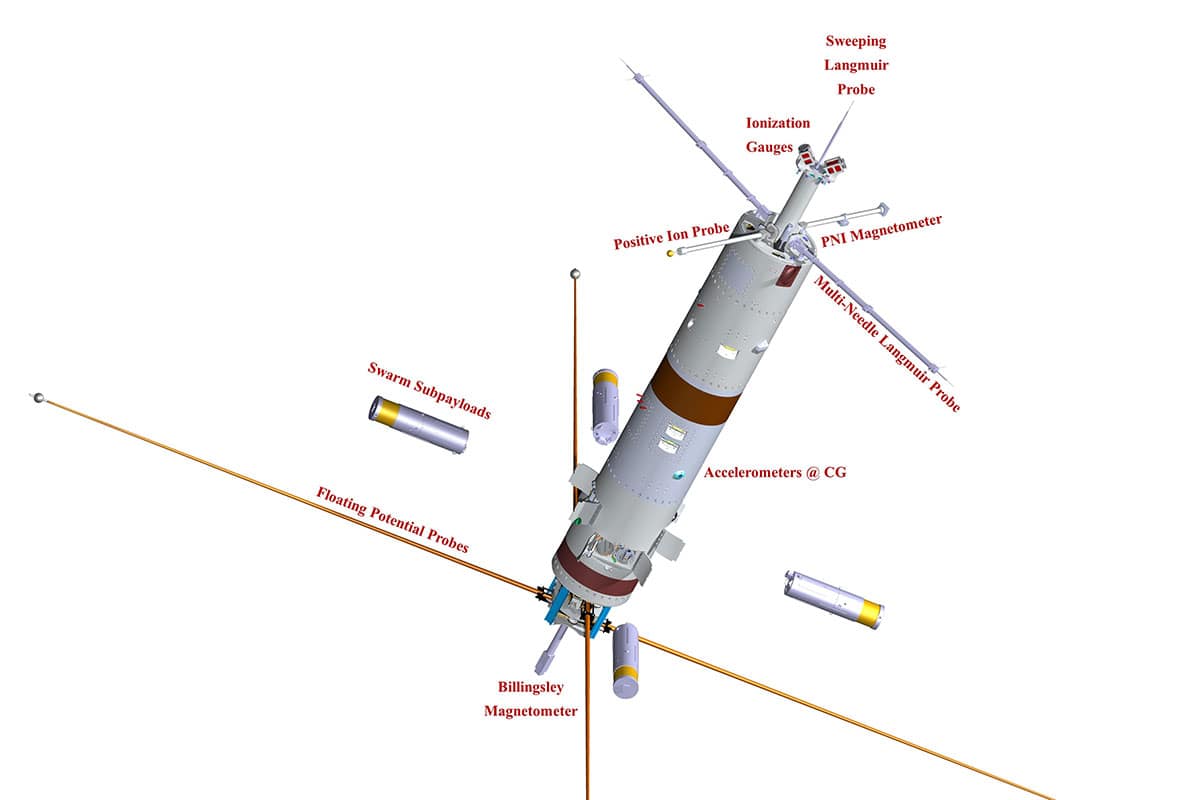
“Sporadic-E (Es)” (90-125km) is a generic term used to describe thin (one to several km) ionization layers that are typically formed in the E region ionosphere. The density within the Es layers is several factors to a few orders of magnitude higher than the background ionosphere and can sometimes get higher than the F-region densities. One can think of these layers as "clouds of enhanced ionization." Similar to troposphere clouds, the Es clouds can be patchy puffs or a blanketing overcasting layer. These layers are generally believed to be a result of wind shears in the E-region ionosphere, but this mechanism is overly simplified and does not explain all the observed layer features. And despite decades of observations and modeling efforts of Es layers, there is a lack of complete understanding of Es layers and the role they play in E-F region coupling, especially at low latitudes. Degradation of RF communications and operational anomalies/failures during ionospheric disturbances are a crucial space weather influence on modern life. Es layers are the sole ubiquitous space weather source in the ionosphere that produce scintillations during nighttime and daytime, affecting operational RF transmissions such as HF, VHF and UHF communication links, as well as over-the-horizon radar and communications.
The NASA SEED mission aims to do comprehensive measurements of the electrodynamics associated with Es layers observed at the low latitude location of Kwajalein Atoll in Marshall Islands. In particular, SEED aims to investigate density-temperature anti-correlations as shown below and reported by Barjatya et al [2013]. The figure below shows a unique double Es layer situation wherein the electron temperature heats up above and below an Es layer but not within the layer. The bottom Es layer (107 km) is clearly located at a wind shear, but the top layer seems to be associated with electric fields. We believe this is a result of field-aligned currents, and SEED aims to investigate this hypothesis.

SEED is a comprehensive experiment to address a series of specific but interlinked science questions related to the Es layer phenomena, especially high altitude (>100 km) Es layers, at a low-latitude location (Kwajalein) during solar-min. Progress on these three questions will also contribute to the broader science goal of understanding the role of Es layers in ionosphere coupling:
- Are low-latitude/equatorial Es layers associated with field-aligned currents (FAC) of a magnitude of 1 to 2 uA/m2 in the presence of a nighttime F region dynamo?
- How do electric fields and winds modulate temperatures and conductivities in the E region via field-aligned currents?
- How consistent are the in-situ measurements across two distinct night observations?
The SEED mission consists of two comprehensively instrumented rockets, which will be launched on two separate nights, from Kwajalein Atoll in the Marshall Islands, during the summer of 2025. The figure below presents a conceptual diagram of the payload with a conceptual layout for the proposed instrumentation (Note: TMA payload that will separate along with rocket motor is not shown). Under the nose cone, there is one fixed boom for a Sweeping Langmuir Probe (SLP) and four folding deployed booms that will have two sets of multi-needle fixed bias DC Langmuir Probes (mNLP), a Positive Ion Probe (PIP) and a pair of magnetometers from PNI Sensors Corp. Under the aft skirt will be four telescoping stacer booms for the floating potential measurements (FPP), as well as a Billingsley Ultra Miniature Flight Magnetometer at the end of a fixed boom. The two sets of 180 degrees opposite FPP booms then consist of a typical double probe electric field measurement while each of the four also gives payload-charging measurements.
The mission started in Summer 2019. It has been delayed due to variety of scheduling issues, including the COVID-19 pandemic, and is currently slated to launch in Summer 2025. The payload demonstration mission, SpEED Demon, was launched in August 2022.

